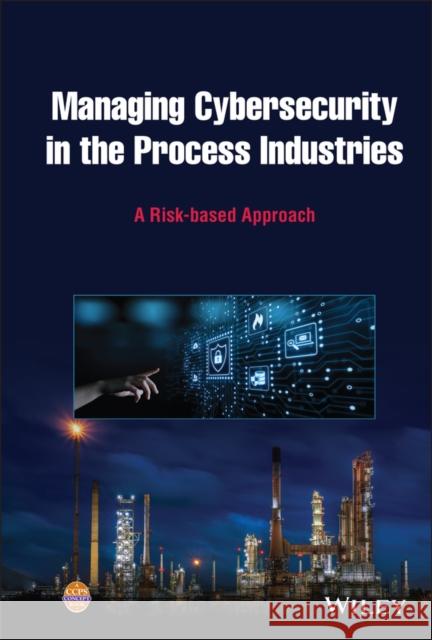Managing Cybersecurity in the Process Industries: A Risk-Based Approach » książka
topmenu
Managing Cybersecurity in the Process Industries: A Risk-Based Approach
ISBN-13: 9781119861782 / Angielski / Twarda / 2022 / 480 str.
Managing Cybersecurity in the Process Industries: A Risk-Based Approach
ISBN-13: 9781119861782 / Angielski / Twarda / 2022 / 480 str.
cena 708,31 zł
(netto: 674,58 VAT: 5%)
Najniższa cena z 30 dni: 701,06 zł
(netto: 674,58 VAT: 5%)
Najniższa cena z 30 dni: 701,06 zł
Termin realizacji zamówienia:
ok. 30 dni roboczych
Bez gwarancji dostawy przed świętami
ok. 30 dni roboczych
Bez gwarancji dostawy przed świętami
Darmowa dostawa!
Kategorie BISAC:
Wydawca:
Wiley-Aiche
Język:
Angielski
ISBN-13:
9781119861782
Rok wydania:
2022
Ilość stron:
480
Oprawa:
Twarda
Wolumenów:
01
Dodatkowe informacje:
Glosariusz/słownik











